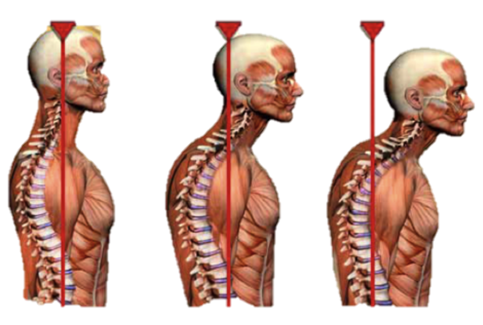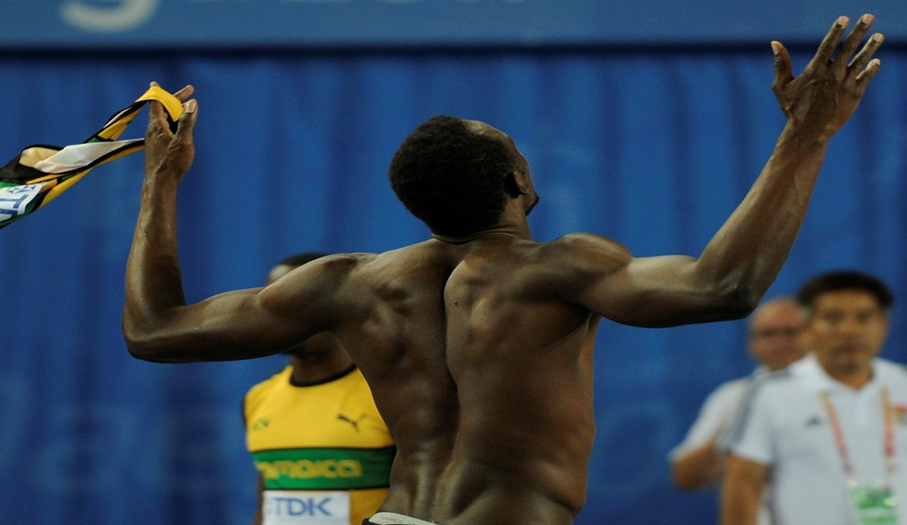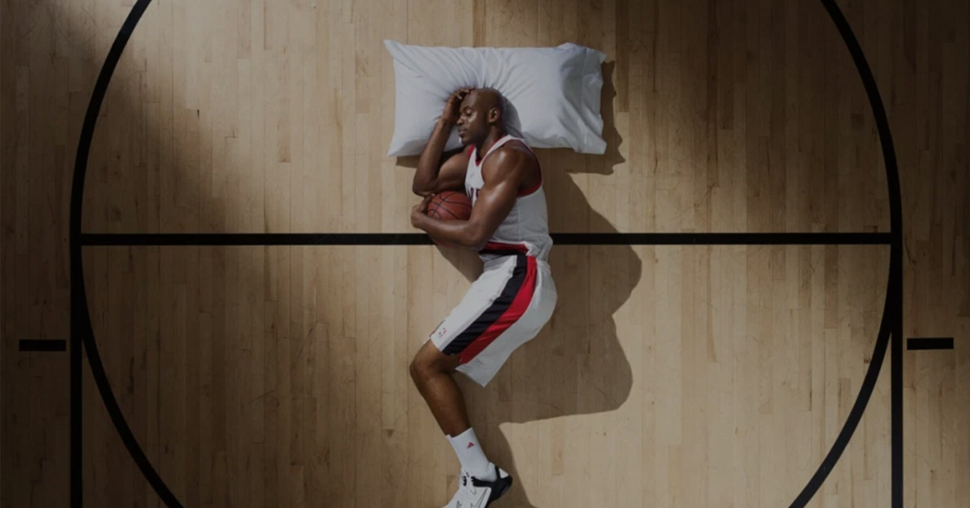COMMON PERONEAL NERVE ENTRAPMENT
LOWER LEG NERVE DYSFUNCTION : A PHYSICAL THERAPEUTIC APPROACH TO UNDERSTANDING ASSESSMENT TREATMENT AND REHABILITATION.
HOW SPORTS PHYSIOTHERAPY l MY SPORTS INJURY CLINIC MANAGEMENT CAN ASSIST COMMON PERONEAL NEUROPATHIES WITH EVIDENCE BASED CLINICAL STUDIES
Peroneal Entrapment neuropathies are common in sports injuries, which involve a rapid change in direction, high-impact sports, or endurance sports such as Running, Football, Rugby, Hockey, Baseball, or Tennis.
This Article gives an overview of Common Peroneal Nerve dysfunction/entrapment the occurrence and when there is damage over the peroneal nerve causing loss of movement or sensation in the lower leg / foot. Most of the symptoms of the patients who actually get to MY Sports Injury | Physiotherapy Clinic in Manchester are characterised by: Foot drop, lower leg discomfort and numbness and reduced range of movement at the foot & ankle / or knee Joint.

Pain is not a distinctive feature of this dysfunction (CPN) but may be latent when a peroneal neuropathy takes place as an outcome of trauma/collision/tackles/slide or sudden change of direction in high intensity sports activities.
It would be essential to visit a professional certified practitioner to help diagnose CPN whether attending a Physical therapy clinic in Manchester or your local sports injury clinic to help identify the source of pain, measuring the extent of injury and examining any internal soft tissue damage amongst other limiting factors to prevent the injury worsening. MY Sports Injury provides pain management services with clinical expertise in manual therapy treatment & active release therapy to help cure identify & cure nerve disorders / musculoskeletal dysfunction that may prevent the individual from partaking activities of daily living or limit their sports performance.
“Peroneal nerve injuries in professional hockey players, a clinical study based on 26 back to back hockey player cases stemmed by traumatic impact showed that 19,2% of them had a full recovery, and 26.9% displayed partial return within 15,5 months as the ultimate time to recover” Periphereal nerve injuries related to Hockey by Greg Strange Et la. (2002).

HOW CAN BE A COMMON PERONEAL NERVE DYSFUNCTION CAUSED?
“Peroneal nerve injury can record up to Fifteen percent (15%) amongst all the mononeuropathies in grown-up patients” Dtsch Arztebl Int. (2019)

This condition/dysfunction requires a multidisciplinary team that diagnoses it in an early onset, taking into account sports therapists, sports physicians, rehab specialists, physiotherapist, and manual therapy practitioners, which will assess and tackle the patients’ issues for facing up to what is decreasing high quality lifestyle and reducing elite athletes’ performance.
However, it is important to know that this sign can also be observed in other conditions, such as sciatic nerve neuropathy , lumbar radiculopathy and generalised diseases such as amyotrophic lateral sclerosis, to name a few. There may also be areas of hypoesthesia, which will correspond to the site of nerve involvement.
“There is no evidence of any gender predominance of sciatic nerve neuropathy, physical activity augments its incidence and there is an annual rate incidence report of 1% to 5%, it’s uncommon to suffer this neuropathy under the age of 20yrs old unless of trauma source” Arvind Vasudevan; Kushagra Maini and David Davis (2020).

WHAT IS A COMMON PERONEAL NERVE ENTRAPMENT EXACTLY?
Compressive neuropathy of the common peroneal nerve may be more common than described and is very common to be confused with a lesion in the lumbar spine, such as radiculopathy due to a stenosis or a herniated disc.
The entrapment of this nerve occurs as it passes through the neck of the fibula, when it is introduced below the fascia of the peroneus longus muscle, forming an osteofibrous tunnel.

“There are several atraumatic and traumatic sources of CPN injury: Injury to the knee (dislocation), traumas in general, laceration, direct impact, fractures of the fibula, habitual leg crossing, tight splint, prolonged bed rest and other causes. Common Peroneal Nerve injury can reach up to forty percent (40%) of patients” Published by Bradley Lezak ET la (2020).
WHAT IS THE CONDITION? – WHAT DOES CPN ENTRAPMENT LEAD TO?
Common Peroneal Nerve (CPN) Common fibular nerve dysfunction are most commonly referred most often leads to foot drop, when we discuss about foot drop, we are referring to the weakness for the dorsiflexion of the foot, which causes the inability/discomfort to stand on the heels, permanently caused by stenosis narrowing of nerve root acute cases and reduced supply of blood in severe cases. As a consequence, when walking, the patient over-flexes the knee and hip to allow withdrawal of the affected limb to compensate.

WHAT IS ITS PREVALENCE WITHIN SPORTS ACTIVITIES? – A DETAILED REPORT.
“CPN is also known as the commonest neuropathy found out in the lower extremities. A report of young patients such as elite athletes (football) and older patients (car accidents survivor) are frequently diagnosed with CPN entrapment after a traumatic event, and the patients who have Knee dislocations will be prone to sustain CPN with a rate of incidence of 16% to 40%” Reported by Matthew Varacallo ET la (2020).

Besides Common Peroneal Nerve Entrapment Injury, there are other entrapment neuropathies that you should be aware of and to know how to distinguish some of them but always having in mind to consult and book an appointment with a professional physiotherapy practitioner / rehabilitation specialist / Sports Physiotherapist to seek the correct advise to treatment and prevention of injury.
WHAT ARE NEUROPATHIES INJURIES? - WHY DO THESE INJURIES OCCUR?
The entrapment neuropathies constitute a lesion where the peripheral nerve is compressed in its course, either in its passage through the bone, around the long muscles or through the fibrous tissue structures. Imprisonment can be the result of extrinsic body compression such as tight clothing, inadequate sleeping position, prolonged contact with hard surfaces, application of tourniquets, and muscle hypertrophy from exercise. It is more common to find this type of affections when there are previous systemic alterations.

The most common manifestation both in sport / work activities and daily life is the well-known Carpal Tunnel Syndrome. In this case, the median nerve is involved in the upper extremities of the body.
“Symptoms of pain in hands, numbness, and tingling are very common among the general population. According to the data garnered form the study, one out of five symptomatic patients would be compromised to have Carpal Tunnel Syndrome based on electrophysiologic testing and clinic work-up” CTS’ prevalence in general dwellers (1999) by I Rosén, J Ranstam Et la.
WHAT TREATMENTS ARE BENEFICIAL TO CURE PNE? – REHABILITATION PROGRAMS
In rehabilitation, as in any other medical specialty, a medical history should be taken directed to the affected segment by your sports phyisiotherapist / physiotherapist / healthcare provider that include:
- Reason for consultation: for conservative or post-surgical management, type of surgical approach identified with the orthopedic joint specialist
- Good questioning: emphasis on type of work, and how to reduce sensitivity to pain
- Physical Therapy Treatment & Strength Rehabilitation Program aimed at reducing sensitivity of the nerve, or nerve gliding mechanisms.
- Electromyography.
“An extent practice of sports activities such as football, which is an endurance sports brought about a significant delay in the parameters of the nerve conduction study, which it is considered as a nerve entrapment injury diagnosis” Published by Gowthaman, G (2018) about a Study of nerve conduction in footballers’ lower limbs.
MY SPORTS INJURY | Sports Physiotherapy clinic is an established clinic Located in Manchester City Centre, our Sports Injury Clinic offers high end Manual physical therapy, soft tissue massage, sports injury rehabilitation and myofascial active release therapy.

Treatment aims to improve joint mobility and restore independence. Identifying the causes of neuropathy before providing adequate treatment plans / rehabilitation programs. Some initial guidance can be beneficial by placing knee pads or knee supports to prevent further damage when crossing your legs, while also stability to the legs. In some more complex cases, corticosteroid injections into the area can reduce inflammation and pressure on the nerve.
You may need surgery if:
- The disorder does not go away and presents trouble with movement.
- Surgery to relieve pressure on the nerve can reduce symptoms if the disorder is caused by pressure on the nerve.
Over-the-counter or prescription pain relievers may be needed to control pain.
If the pain is severe, a physio specialist in this field can help you explore all options for relief. Physical therapy exercises can help you keep muscle strength up.
Orthotic devices can improve the ability to walk and prevent contractures. They may include splints, orthopedic shoes, or other equipment.
Vocational counseling, occupational therapy, or similar programs can help maximize mobility and independence and home self-management techniques.
HOW LONG DOES PERONEAL NERVE ENTRAPMENT INJURY TAKE TO HEAL? – WHAT’S THE PROGNOSIS?
Patients generally see small signs of PNE recovery within 3-6 months after surgery along post-surgery physical therapy care, according to MY Sports Manchester Therapy Clinic. In most cases, the return of movement takes 6 to 12 months in more severe cases of PNE.
“A study of the effectiveness of non-conservative management of Common Peroneal Nerve Entrapment was made and the result displayed a rate of 62% of neurological functions recovery, in the other hand 38% of patients assessed in the study had a full return at 12 months after surgery” Dustin H. Massel ET la (2020).

If you do opt for Common Peroneal Nerve Entrapment treatment without surgery applied in acute cases, it is not known how long recovery will take. However, it is understood that as long as physical therapy exercises/assignments are practiced daily, the results will come faster than with inconsistent therapy.
“Physical therapy for PNE dysfunction considers a scheme of balancing exercises, mobilization, icing, stretching, tapes/braces and manipulation which it’s completely beneficial and effective in order to manage this nerve entrapment injury and accomplish a thorough rehab.” Bradley Lezak; Dustin H. Massel; Matthew Varacallo (2020).
(CPNE) recovery is a long process, so it is important to stay safe in the meantime. Wearing foot and ankle splints and home modification kits can help you get around. Good luck!
REFERENCES
- Hardin JM, Devendra S. StatPearls [Internet]. StatPearls Publishing; Treasure Island (FL): Aug 10, 2020. Anatomy, Bony Pelvis and Lower Limb, Calf Common Peroneal (Fibular) Nerve.
- Garrett A, Geiger Z. StatPearls [Internet]. StatPearls Publishing; Treasure Island (FL): Aug 10, 2020. Anatomy, Bony Pelvis and Lower Limb, Superficial Peroneal (Fibular) Nerve.
- Baima J, Krivickas L. Evaluation and treatment of peroneal neuropathy. Curr Rev Musculoskelet Med. 2008 Jun;1(2):147-53.
- Poage C, Roth C, Scott B. Peroneal Nerve Palsy: Evaluation and Management. J Am Acad Orthop Surg. 2016 Jan;24(1):1-10.
- Gloobe H, Chain D. Fibular fibrous arch. Anatomical considerations in fibular tunnel syndrome. Acta Anat (Basel). 1973;85(1):84-7.
- LaPrade RF, Terry GC. Injuries to the posterolateral aspect of the knee. Association of anatomic injury patterns with clinical instability. Am J Sports Med. 1997 Jul-Aug;25(4):433-8.
- Moatshe G, Dornan GJ, Løken S, Ludvigsen TC, LaPrade RF, Engebretsen L. Demographics and Injuries Associated With Knee Dislocation: A Prospective Review of 303 Patients. Orthop J Sports Med. 2017 May;5(5):2325967117706521.
- Marciniak C. Fibular (peroneal) neuropathy: electrodiagnostic features and clinical correlates. Phys Med Rehabil Clin N Am. 2013 Feb;24(1):121-37.
- Noble J, Munro CA, Prasad VS, Midha R. Analysis of upper and lower extremity peripheral nerve injuries in a population of patients with multiple injuries. J Trauma. 1998 Jul;45(1):116-22.
- Sevy JO, Varacallo M. StatPearls [Internet]. StatPearls Publishing; Treasure Island (FL): Aug 10, 2020. Carpal Tunnel Syndrome.
- Katirji B. Disorders of peripheral nerves. In: Daroff RB, Jankovic J, Mazziotta JC, Pomeroy SL, eds. Bradley's Neurology in Clinical Practice. 7th ed. Philadelphia, PA: Elsevier; 2016:chap 107.
- Toro DRD, Seslija D, King JC. Fibular (peroneal) neuropathy. In: Frontera WR, Silver JK, Rizzo TD Jr, eds. Essentials of Physical Medicine and Rehabilitation: Musculoskeletal Disorders, Pain, and Rehabilitation. 4th ed. Philadelphia, PA: Elsevier; 2019:chap 75.





